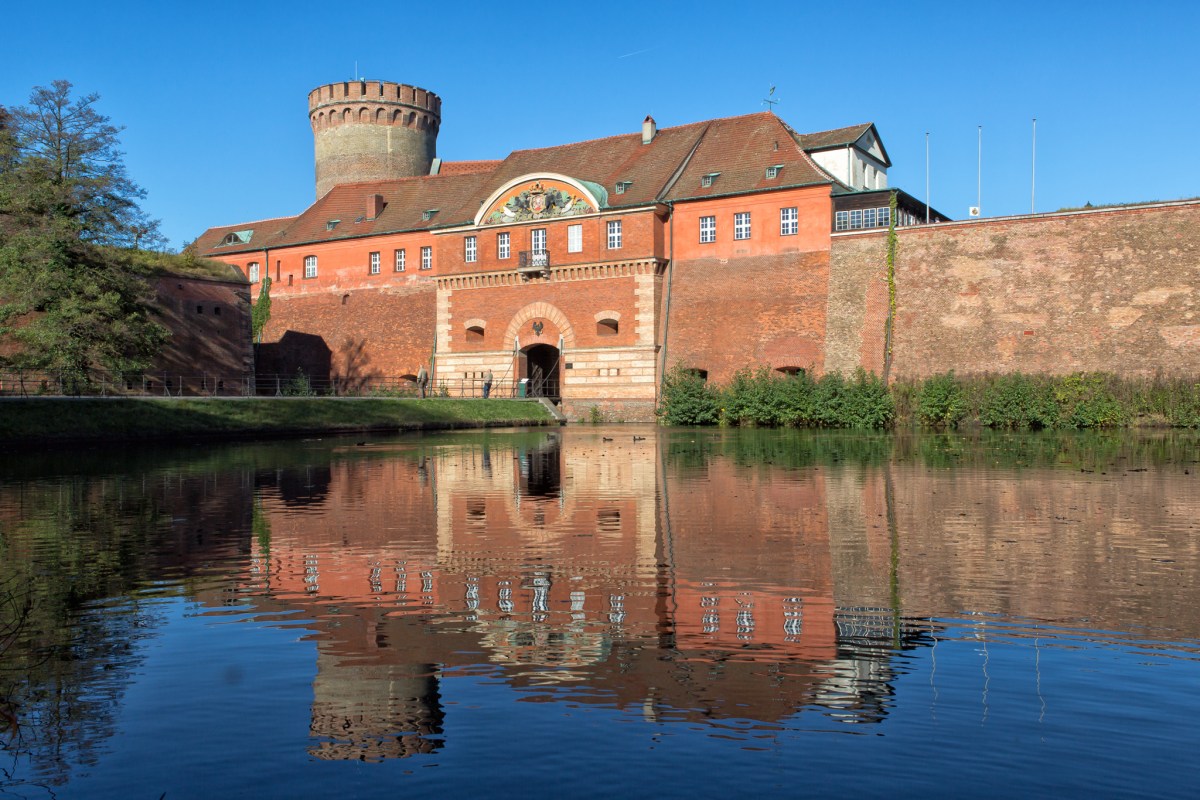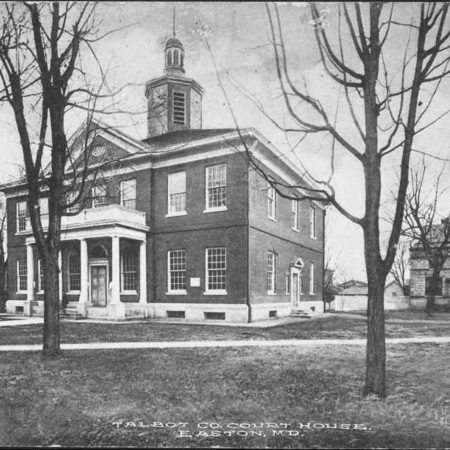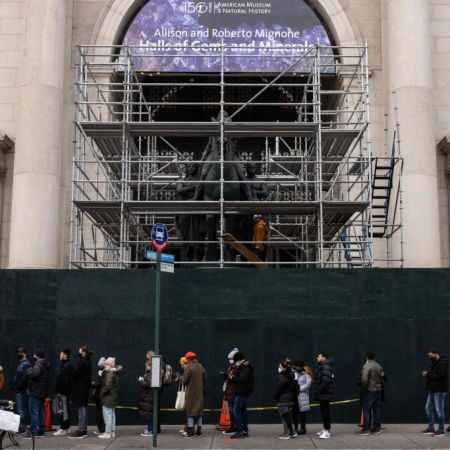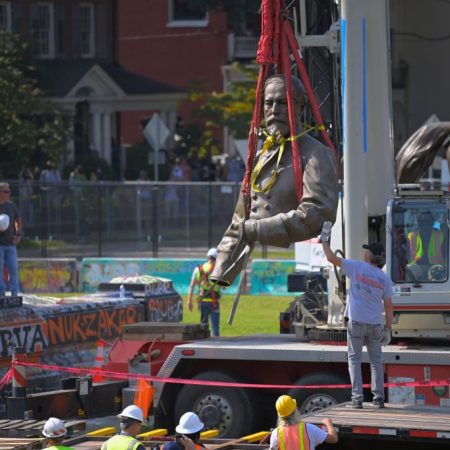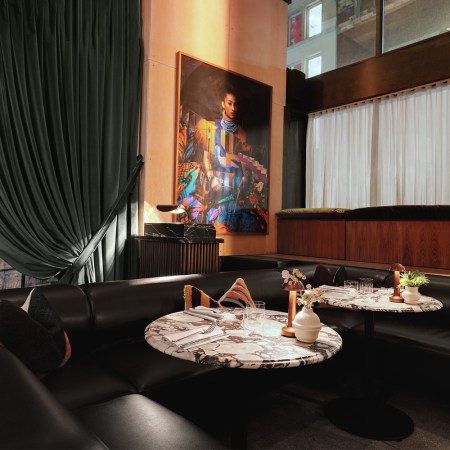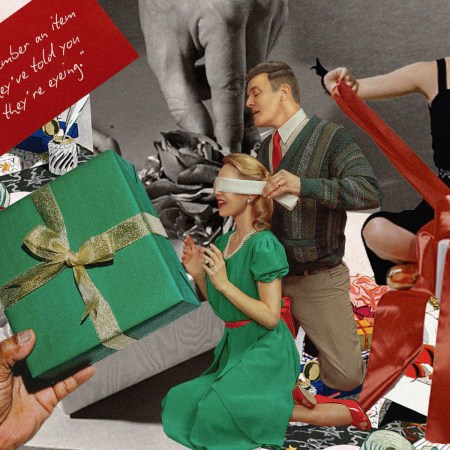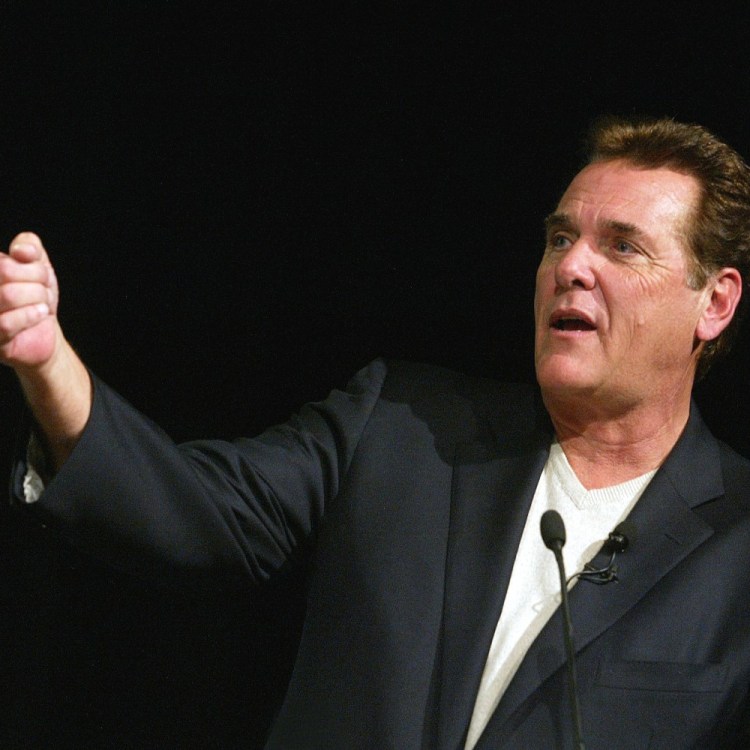One of the running themes of 2020 so far has been the removal of statues generally deemed offensive. It could be that these statues were of Confederate leaders or people who profited from the slave trade; regardless, it’s prompted a wide-ranging debate around how societies commemorate history, and how best to reflect people who might simultaneously be historically significant and deeply offensive. Is there even a way to balance the two? Once a statue is toppled, what’s the next logical step for it?
This is not a rhetorical question. They’ve come up in discussions over a controversial statue of Theodore Roosevelt in New York City, for instance. And earlier this year, Banksy suggested using a toppled statue of slave trader Edward Colston as part of a new piece of art — one which would honor the activist movement that resulted in the statue being brought down in the first place.
Is it possible to take a morally fraught piece of art and display it in a way that places it in the correct context? In a new article at Atlas Obscura, writer Daniela Blei takes readers to Germany’s Citadel Museum, located near Berlin. The challenges facing its staff are vast: how do you, for instance, display a Nazi-era artifact in such a way that it neither offends visitors nor becomes a place for neo-Nazis to congregate?
As Blei phrases it, the museum’s guidelines strive towards an impressive sense of balance:
The museum’s message is clear: A monument is not a descriptive account of history, but instead a historical artifact that tells a story about power. In a setting that invites scrutiny, visitors can study Berlin’s monuments to grasp more clearly who had power and how that power was used.
There’s plenty discussed here that could easily apply to the situation in the United States — or, really, anywhere that controversial statues are being removed from their pedestals.
Subscribe here for our free daily newsletter.
Thanks for reading InsideHook. Sign up for our daily newsletter and be in the know.
